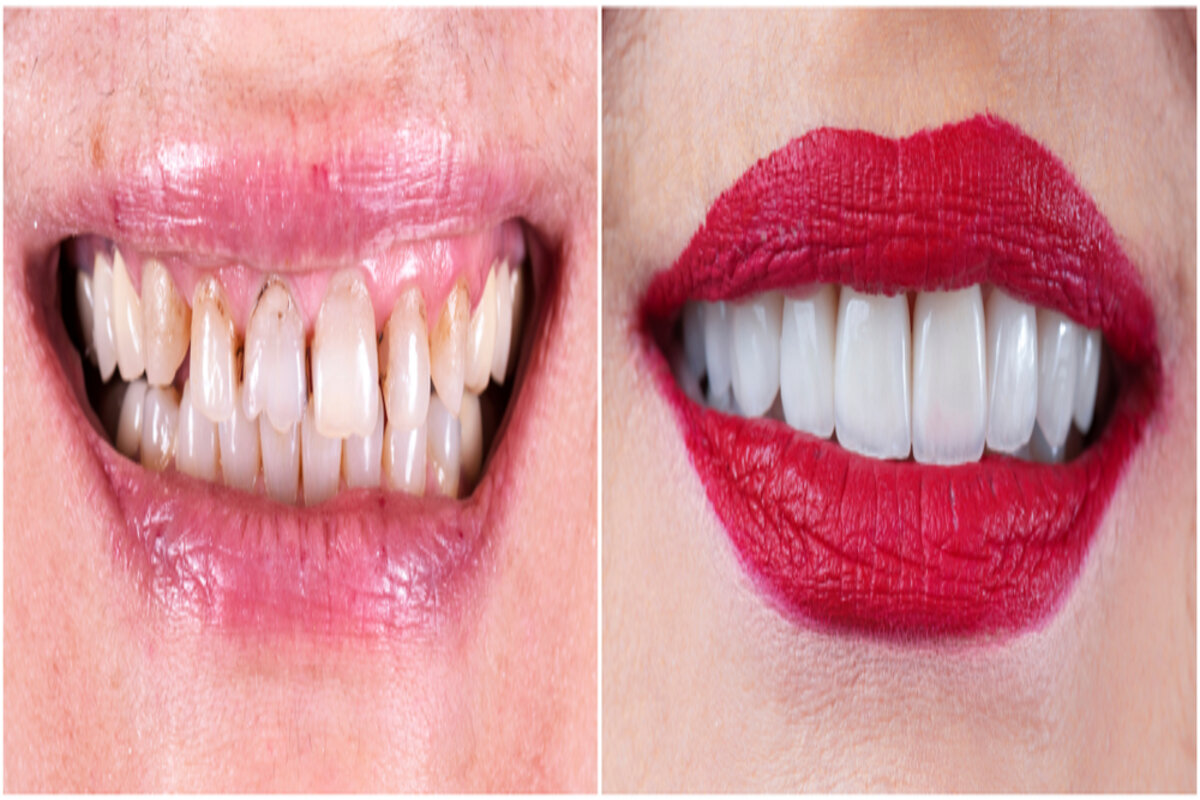A beautiful smile is often considered one of the most powerful assets a person can have. It can boost your confidence, make a great first impression, and even improve your overall mood. But what if your smile isn’t quite what you want it to be? If you find yourself contemplating how to enhance your smile, you might be weighing the options between veneers and braces. While both treatments can lead to impressive results, understanding their differences is key to making an informed decision. So, how do you choose the best option for your smile?
Understanding the Basics: What Are Veneers and Braces?
Before making a decision, it’s crucial to understand what each option entails.
What Are Veneers?
Veneers are thin, custom-made shells designed to cover the front surface of your teeth. They are usually made from porcelain or composite resin and are bonded to the teeth to improve appearance. Veneers can change the color, shape, size, and length of your teeth, making them a versatile option for cosmetic dental improvements. They’re often used to cover discolored, chipped, or slightly misaligned teeth.
What Are Braces?
Braces are orthodontic devices used to correct significant alignment issues with teeth and jaws. They consist of brackets bonded to the teeth and connected by wires and elastics that apply pressure to move the teeth into the desired position. Braces are typically used to correct crooked teeth, overcrowding, gaps, and bite issues such as overbites and underbites. They are a more traditional approach and can be made from metal, ceramic, or even clear materials.
Pros and Cons: Weighing Your Options
Understanding the advantages and disadvantages of veneers and braces can help you make an informed decision.
The Advantages of Veneers
- Instant results: Veneers offer a fast solution for those looking to enhance their smile. Once the veneers are designed and fitted, the transformation is immediate, unlike braces, which can take months or even years.
- Aesthetic enhancement: Veneers can be tailored to provide a uniform, white, and aesthetically pleasing smile. They can cover a range of imperfections, including discoloration, minor gaps, and chips.
- Less maintenance: Porcelain veneers are resistant to staining, so you won’t have to worry about your morning coffee or evening wine causing discoloration.
The Downsides of Veneers
- Irreversible procedure: Getting veneers requires the removal of a small amount of enamel from your natural teeth, making the procedure irreversible.
- Cost: Veneers can be expensive, especially if you need multiple teeth covered. They also may need replacement after 10-15 years.
- Not for severe cases: Veneers are primarily for cosmetic purposes and won’t correct severe misalignment or bite issues.
The Advantages of Braces
- Permanent solution: Braces provide a long-term solution by physically moving the teeth into proper alignment. The results are often permanent if followed up with proper retainer use.
- Versatility: Braces can address a wide range of dental issues, from minor crookedness to significant jaw alignment problems.
- Natural teeth preservation: Unlike veneers, braces do not require altering the natural structure of the teeth.
The Downsides of Braces
- Length of treatment: Braces require a longer commitment, often ranging from 18 months to three years, depending on the complexity of the case.
- Maintenance and discomfort: Regular adjustments, potential discomfort, and the need for meticulous oral hygiene can make braces challenging for some patients.
- Aesthetic concerns: Traditional metal braces are noticeable, which might be a concern for some, especially adults. While clear or ceramic braces are less visible, they can still be apparent.
How to Decide: Veneers or Braces?
When deciding between veneers or braces, consider the following factors:
1. Purpose of Treatment
If your main goal is to achieve a perfect smile quickly, veneers might be the better option. They are ideal for cosmetic fixes and can cover imperfections effectively. However, if you have significant misalignment, gaps, or bite issues, braces are necessary to correct these structural problems.
2. Time Commitment
Consider how much time you’re willing to invest in achieving your desired smile. Veneers offer a quick fix, while braces require a longer commitment.
3. Budget
Evaluate your budget. Veneers can be costly, especially for multiple teeth. Braces, while potentially expensive as well, often have various options that might fit different budget ranges. Some insurance plans might cover part of the cost for braces if they are deemed medically necessary.
4. Longevity and Maintenance
Think about how long you want the results to last and the level of maintenance you’re willing to commit to. Veneers need replacement after a decade or so, while the results from braces can last a lifetime with proper care and retainer use.
Conclusion

Choosing between veneers or braces is a significant decision that depends on your individual dental needs, lifestyle, and goals. Consulting with a dental professional is essential to understand the best course of action for your unique situation. Whether you choose the quick cosmetic enhancement of veneers or the comprehensive alignment correction of braces, both options can lead to a healthier, more confident smile. Remember, the right choice is the one that aligns with your personal needs and will bring you the most satisfaction. Contact Indian Trail Dental Studio today to discuss your options and take the first step toward the smile you’ve always wanted.


